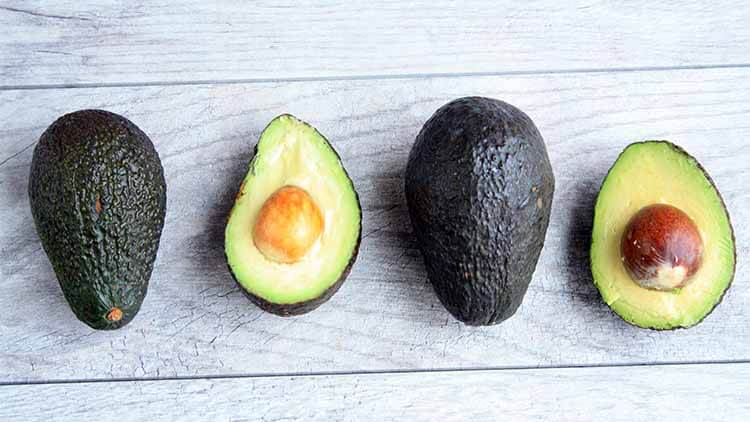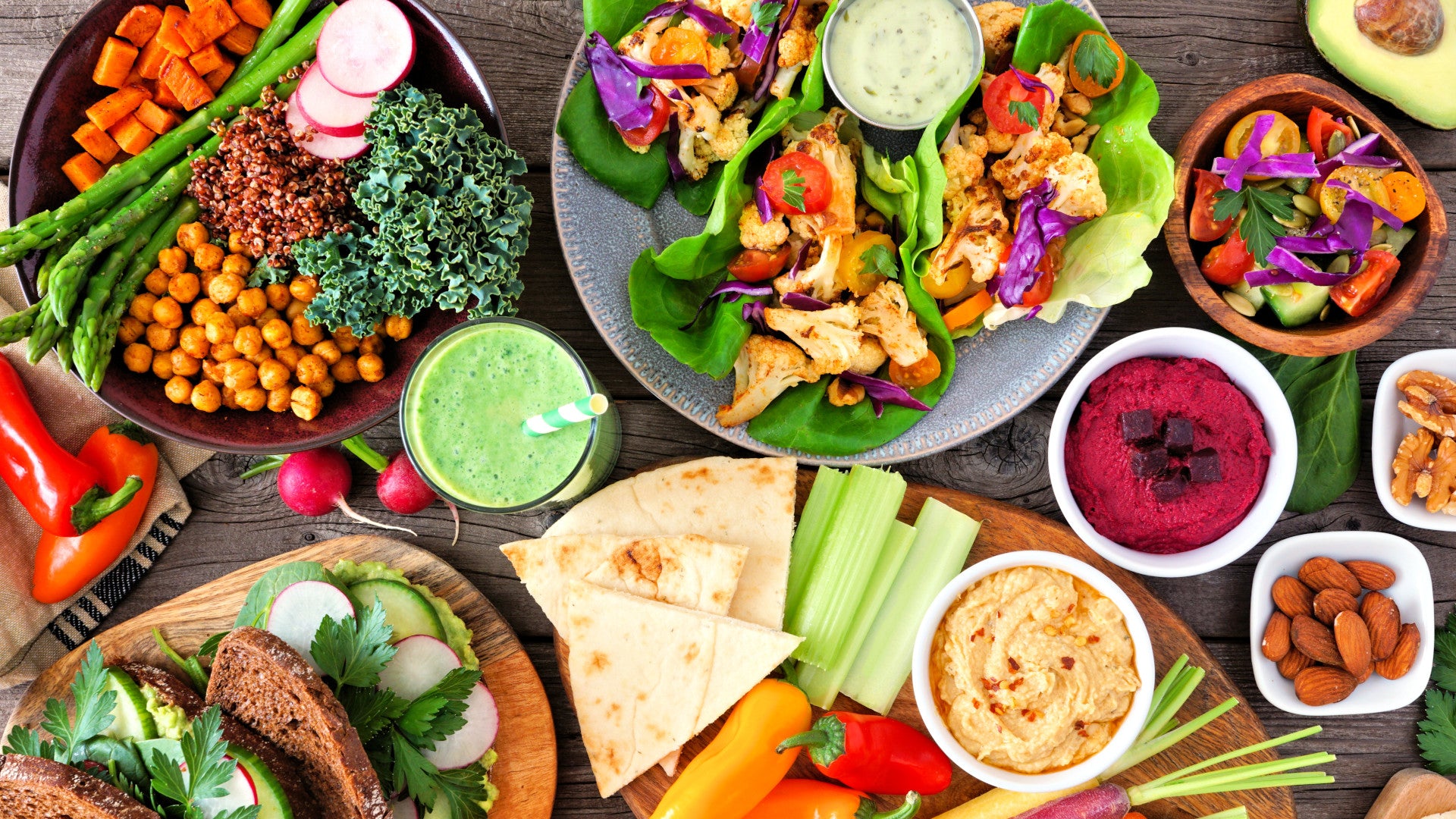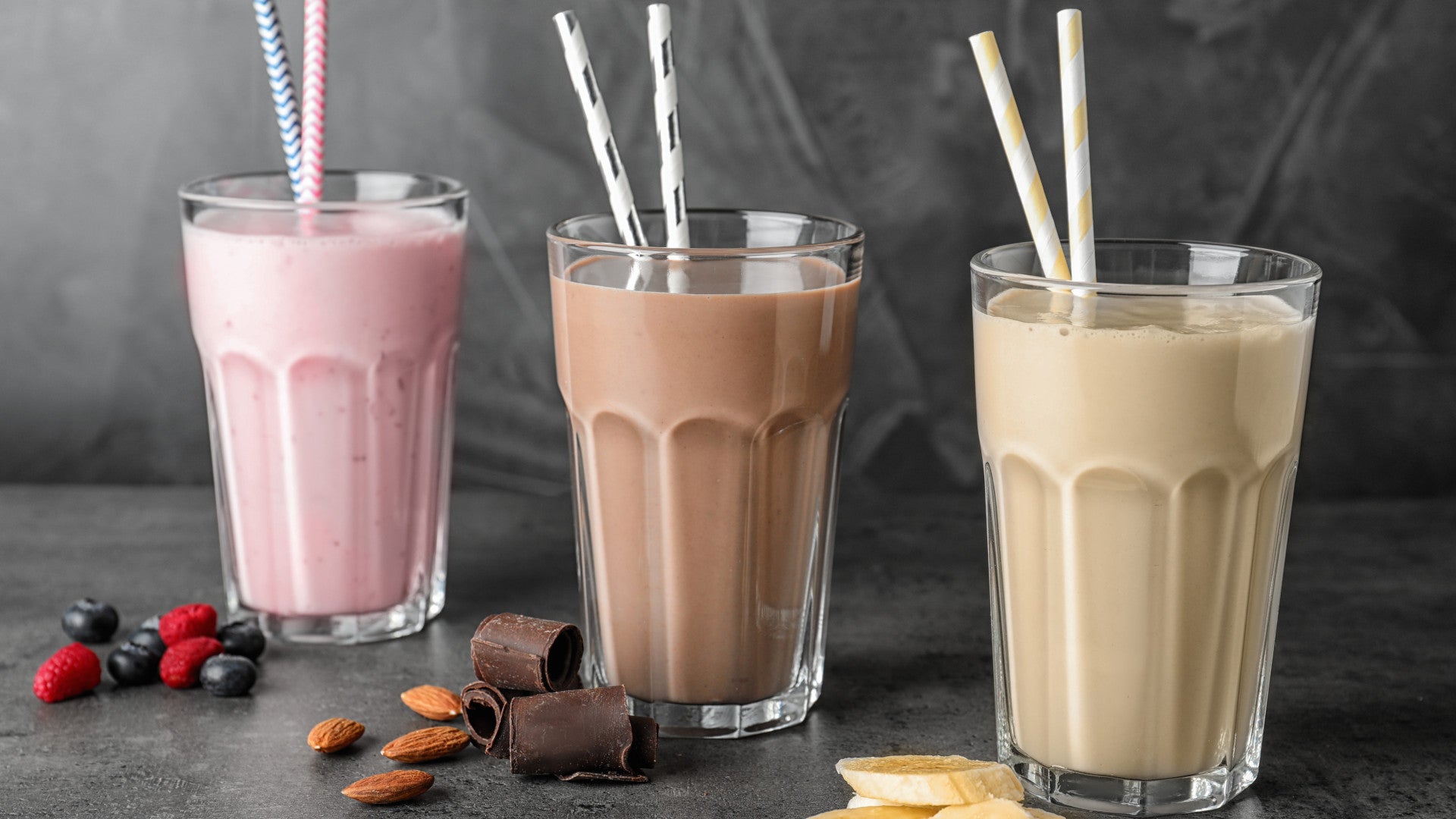- 1 – Cereal
- 2 – Alcohol
- 3 – Juiced fruit and veg
- 4 – ‘Fat-free foods’
- 5 – ‘Healthy’ breakfast bars
- 6 – Dried fruit
- 7 – Gluten-free foods
- 8 – White bread
- 9 – Salad ‘extras’
- 10 – Energy bars
- 11- Table sauces
- 12 – Takeout food
- 13 – Fruit
As dieters, we put a lot of focus onto the foods which make us lose weight, but what about the foods that make you gain weight?
Has it ever occurred to you how much easier your life would be if you had a ‘weight gain foods list’ which you could use as your go-to resource for foods to avoid? Lucky for you, you’ll find all the info you need on the worst foods for weight loss right here.
Foods that make you fat
1 – Cereal

We’ve all been told that breakfast is the most important meal of the day our entire lives – but what you eat for this meal can make all the difference between an unhealthy sugar spike and jump-starting your metabolism for the day.
The majority of popular cereals contain more than 10g of sugar per serving, less than 3g of fiber and almost half of your daily recommended intake of salt. Eating anything which contains this combination of ingredients will do nothing but make you feel (very) momentarily satisfied, followed by a huge energy slump and massive hunger pangs an hour later.
Take our advice – ditch the Frosties and pick up the natural rolled oats – your appetite will thank you for it.
2 – Alcohol
Alcohol is one of the worst foods for weight loss. Ok, so it’s not a ‘food’ as such, but it goes in your mouth, contains calories, and makes you fat – so it definitely deserves a place on this list.
Not only is alcohol extremely calorie-dense – a whopping 7 kcals per gram in fact – those calories are also completely undigestable. They have no thermic effect. Not a single one can be actually used to fuel your body, meaning every single one is going to right onto your belly. Even worse, it’s going to sit around your organs. This puts you at a much greater risk of developing insulin resistance and in turn, type 2 diabetes, which as you can imagine is also terrible news for your health and weight loss efforts.
Add to this the fact that alcohol lowers your inhibitions and leads to you eating more overall, and it’s not hard to see how alcohol is a recipe for weight gain.
3 – Juiced fruit and veg
Although you may feel like juicing your fruits and veggies is literally the healthiest thing you can do, it’s really not. It’s a common misconception that smoothies are brilliant for dieting. For one, fruit contains fructose (sugar). Yes, it’s natural sugar, but it’s still sugar nonetheless. And what happens when you blend a piece of fruit? It gets smaller and less filling. No one ever made a smoothie with just 1 banana and nothing else, but you could quite easily eat one banana and be satisfied. See the difference?
The same applies to vegetables. The amount of vegetables you can squash into a blender is astronomical in comparison to that which you would fit onto a dinner plate – and feel quite satisfied after eating it. The difference is you’ll probably just feel like you’ve had a large drink after a glass of blended fruits or veggies, but you could have piled in upto 1000 calories in the process – especially if that smoothie contained fruit or fruit juices.
So not only have you eaten all those calories without your brain recognising it through chewing and eating slowly, but you’ve also left yourself hungry enough for an entire new meal in around an hour’s time. Not good!
4 – ‘Fat-free foods’
Fat-free foods are the plague of the modern world. Just look at history. During the ’70s, it was decided by scientists that eating fat made us fat – what followed was the villainisation of full-fat foods and the introduction of low-fat, fat-free and reduced-fat products. The problem is, the chemicals used in these foods to replace the taste of the missing fat began causing more fat gain than anyone had experienced ever before. Even more shocking is that only now are we just finally beginning to wake up to the reality that our bodies need fat to survive, and that it’s actually not a simple case of ‘eating fat makes you fat’.
True, too much of anything will lead to weight gain, and fat is certainly no exception, but rather than introducing chemicals into our diets, we should instead be tracking and monitoring our daily fat intake on a daily basis, eating full-fat products and giving our body nutrition from all three macronutrient groups in the quantities it requires. Sadly, that’s more of a struggle these days than ever. Just go and try to find full-fat yogurt in your local store, and you’ll see what I mean.
5 – ‘Healthy’ breakfast bars
Breakfast bars really aren’t healthy. No, really, they’re not. In fact, I’d go so far as to say that you’d probably be better off skipping breakfast than eating one of these. Why? Sugar.
The average breakfast bar contains almost as much sugar as a bar of candy, no exaggeration. Take a look at the packet next time you’re in the store. What does this do? It spikes your blood sugar levels, increases your insulin and stops your body from entering fat burning mode. That means that by eating one of these, you’ve lost any chance of your body burning any excess fat for an entire 3 hours or even more after your last mouthful. And then it’s lunchtime, where your insulin will spike again.
Increased insulin leads to calories being stored rather than burnt. It doesn’t take a scientist to work out therefore that you want to be keeping your insulin levels as low as possible throughout the day, starting with breakfast. Breakfast bars are certainly no way to achieve that!
6 – Dried fruit
Dried fruit is much more sugar-dense than fresh fruit, due to the fact that it’s generally shrunken and lacks any liquid to bulk it out. It’s also much easier to overeat. For example, imagine eating a bowl of grapes – you’d feel pretty full by the end. Now imagine eating the dried version – raisins. You could literally quadruple the number of pieces you eat, and the calories and sugar you take in from the same volume of fruit.
Add to this the fact that some dried fruits even feature a chocolate or sugar coating, and it’s a sure-fire recipe for an insulin spike, a sugar rush and an energy slump an hour later. If you’re going to eat dried fruit, take a handful, put the packet away and don’t scoff from the bag!
7 – Gluten-free foods
Ever wondered why gluten-free breads, pastries and pastas seem to have a tougher texture than ordinary produce? That’s because they contain brown rice flour and corn starch in place of regular wheat-containing flour. And guess what? They contain a lot more calories. So if you’ve gone gluten-free thinking it’ll cause you to lose weight, I’m afraid you’re really following the wrong path. A slice of gluten-free bread is just another one of those foods that will cause weight gain in comparison to a normal slice.
8 – White bread
White bread is a bad choice when it comes to foods that cause weight gain. Containing very few nutrients, white bread flour has been stripped of all of the health-giving properties a bread should have. The germ and the fiber-rich bran found in wholegrain bread have been removed, leaving behind only the starchy endosperm, which actually gets absorbed by the body extremely quickly, leading to a blood sugar spike followed by a huge crash. This crash causes cravings for more carb-heavy food, and the process repeats itself all over again. The bottom line? Go whole grain, or go home!
9 – Salad ‘extras’
Without a doubt, salads can be extremely good for a diet, but they can also be extremely harmful too. The key factor which depicts whether your salad is low calorie or not is what you chuck on it to ‘spruce it up’.
Whilst the salad leaves, tomatoes, cucumbers and other healthy veggies themselves are brilliant foods for weight loss, all of their good can be undone in just a moment with the introduction of high-calorie salad dressings, sauces, and creams. Not only that, the protein you add could contribute to the problem too.
When adding dressings, think vinaigrette rather than salad cream, and hard-boiled egg rather than crispy bacon bits, and you’ll be able to keep that salad as healthy as it was intended to be.
10 – Energy bars
Think about it – why do you exercise? If like most people it’s to rid yourself of excess calories, why then would you want to eat a chocolate bar right in the middle of that exercise? Sounds crazy right? But with an energy bar, that’s really not that much different to doing exactly that.
Energy bars are designed to be extremely calorie dense. They are after all designed to support athletes performing extreme exercise and covering mammoth distances. These people burn so many calories during a typical workout, they’d struggle to gain a gram of weight no matter what they ate. But they’re not designed to be eaten by a typical dieter going for a 5k jog.
If you must eat around your exercise, have something light and natural, such as an apple or banana before you work out, and keep your fluids up. They should be your main priority to both prevent dehydration during exercise, but also to prevent hunger cravings afterward.
11- Table sauces
This is similar to the salad issue. You may have the healthiest plate of food possible, but pile on the mayo and ketchup, and you’re basically just piling on the calories. Take a look at any bottle of table sauce, you may just be surprised exactly how many calories they contain – up to 70 kcal per tablespoon in many cases.
The message is simple. Quarter your sauce intake, and quarter your calories.
12 – Takeout food
It’s no major secret that takeout food is bad for you. But it’s not just the high salt content, the MGS’s and additives you need to look out for. There’s literally no way of accurately calculating the calorie content in most takeout food, as much of it is purchased from small independent retailers who don’t provide any kind of accurate nutritional information. Add to that the fact that takeaways, by their very nature, tend to be the greasiest possible version of all of the worst foods for weight loss possible – pizza, fried chicken, fries and ghee-filled Indian, and you’ve got a recipe for fat gain galore!
Cut back as much as possible from takeouts and cook fresh. You’ll be amazed at what you can create to rival the local takeout if you put your mind to it!
13 – Fruit
Yes fruit is natural, and fruit is good, but like anything, it’s always possible to have too much of a good thing. The fact that fruit is natural really is no excuse to gorge freely on it until you split your sides. You should be learning about portion control, and doing this isn’t going to do you any favours in that department.
Plus, of course, fruit contains calories. The average banana 80 calories, an apple around 70. You can still overeat it! Especially when you chuck it all in a smoothie, as mentioned above!
Conclusion
Not all foods are as healthy as you may have been led to believe – and half the time, the reason for that can simply lie in the fact that you can find it all too easy to eat far too much of them.
So next time you reach for an apple, make sure it’s just the one, and don’t assume something’s healthy just because it’s been cleverly marketed either. Breakfast bar eaters – I’m looking at you! With a bit of knowledge and careful planning, you can avoid these common weight gaining foods that make you fat, or at least understand that regulating your intake of them is extremely important if you want to achieve long term weight loss at last.




